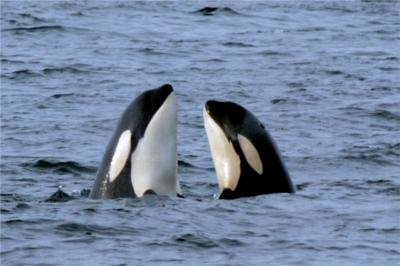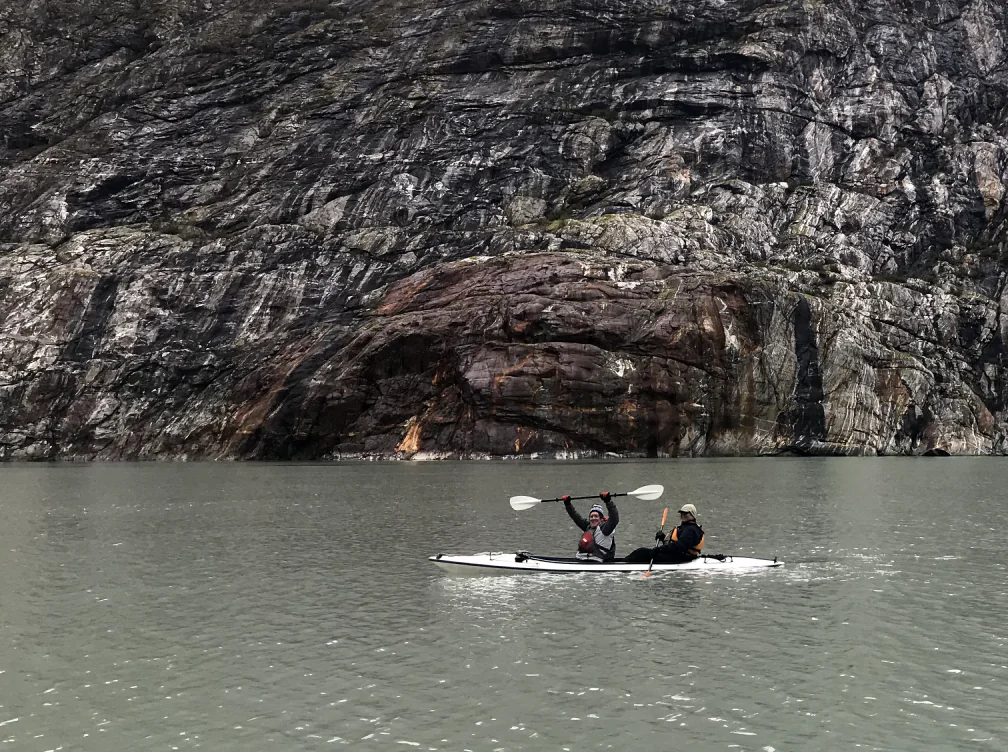Debbie and I spent three weeks in October/November in Puerto Vallarta, as usual in Cochas Chinas about an half hour walk from “old town” We basically ate and drank margaritas for most of the time. Those of you that haven’t been to Puerto Vallarta and are under the mistaken impression that Mexico is under siege from the “narcos” Puerto Vallarta is, at least for tourists, one of the safer places to spend time. We do not hesitate to walk through all parts of the old town, day or night.
Debbie and I, at first singularly and then for the past 30 years together have traveled all over Mexico: By walking, hitchhiking, motorcycling and third class bussing (with chickens and pigs.) These days we prefer airplanes but occasionally rent cars and take busses. The “Premier Class” busses are all new Volvos and Mercedes with stewardess’s and TV. The bus stations have mostly been dramatically upgraded.
Unfortunately there are beautiful places in Mexico where people should not travel; we stay away from them.
Our long time favorite restaurant in “PV is the Repollo Rojo or the Red Cabbage. It is a delightful small spot decorated in the sprit of Diego Rivera and Frieda Kalho. The food is consitent with this theme with great Mole Oaxaca and Chile Rellenos; but my favorite is the Choptle ribs. The owner is Lola and the host is Cuco. If you make it there say hello for us. http://www.redcabbagepv.com
A new find is Restaurante Bravo in old town. We found it late in the trip but will go back many times. Excellent food. Perhaps the best lamb shank ever cooked Osso Bucco style. And along with Daiquiri Dicks the Best Margaritas we have found.
But the clear highlight of this years visit was a day trip via Jeep to Cabo Corrientes. We headed west than south from Puerto Vallarta past the southern entrance of the Baha de Banderas up into the mountains and then back down through the small town of Tuito, on mostly paved but some very rutted dirt roads, to Mayto 20 miles south of Corrientes.
There we visited a small turtle hatchery. The hatchery serves a purpose not unlike the salmon hatcheries. The tortugas, like the salmon, could “spawn” on their own and make it down to the salt water but there are many dangers. By controlling the environment man reduces the hazards and the risks to them. The turtles actually bury their eggs on their own but then the students and scientist who operate the hatchery dig them up and put them in a more protected environment. At the time they hatch they are removed and “walked” down to the ocean (see video) Thus the dangers of predators such as birds, animals and unfortunately also humans is eliminated. And still about 1 in a hundred of the little guys survive.
The stars of the video are “Olive Ridley” totugas and they can grow to be a meter long. Rarely but occasionally they have “Leatherbacks” which are very endangered and are more than twice as big.
As you will see in the video Debbie became very involved in the process.
Later, after the turtles we drove further down the beach to a postcard picturesque fishing village of Tehuaxatle or Tehua for short. There we had by far the best “pulpo” or octopus we have ever eaten and a Huachnango “entero”. That is a fish not unlike a red snapper cooked whole in butter and garlic and served head on: Delicious.
Should any of you be interested in visiting we be happy to discuss your trip with you.


